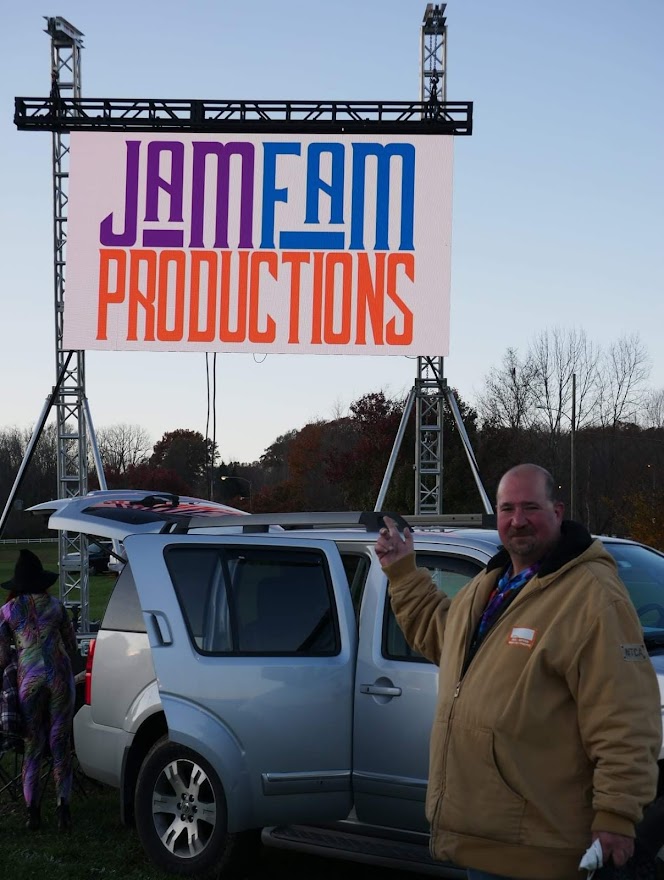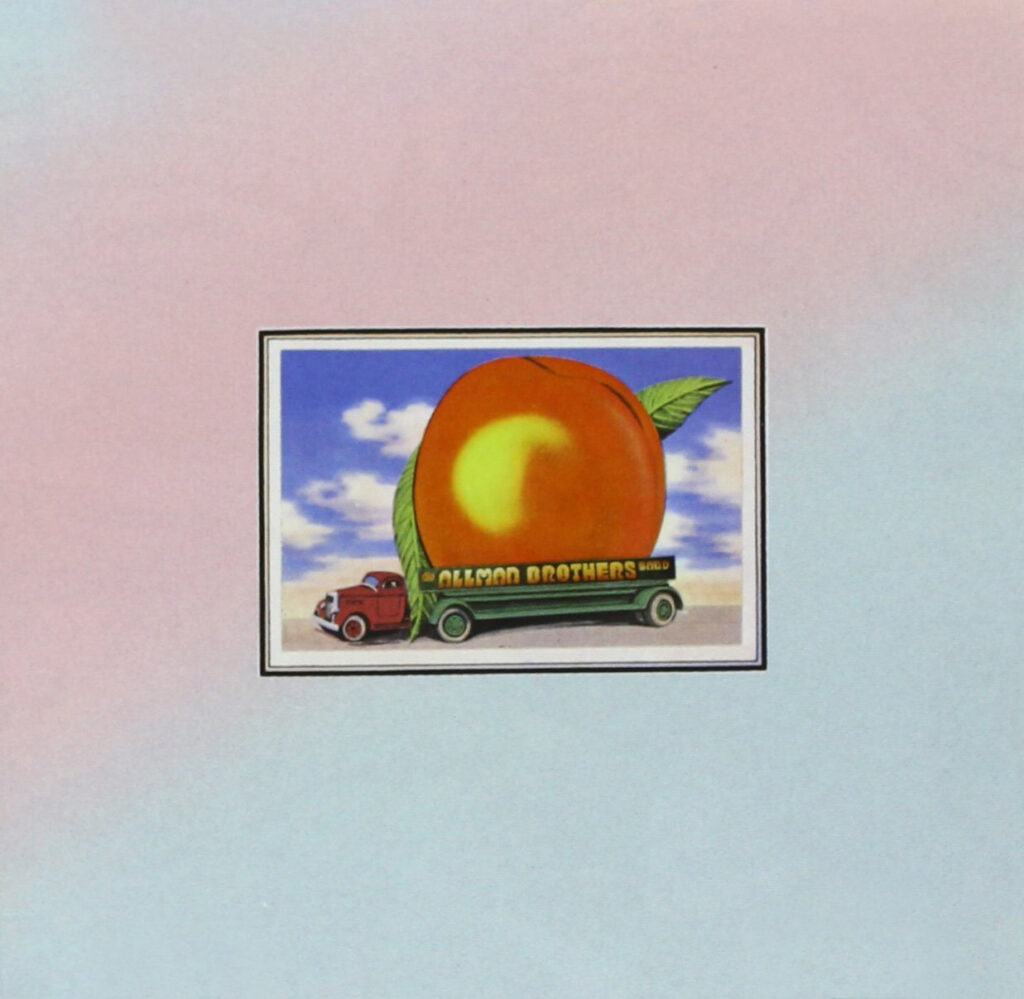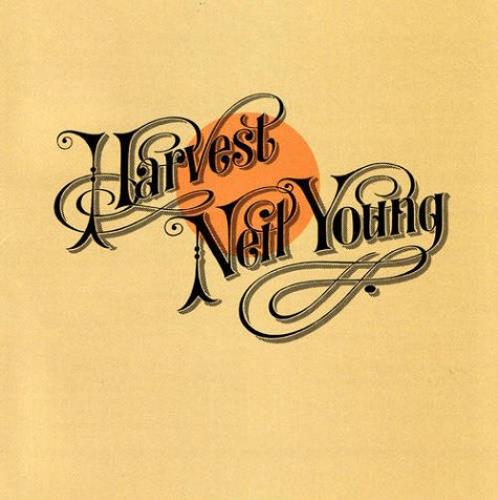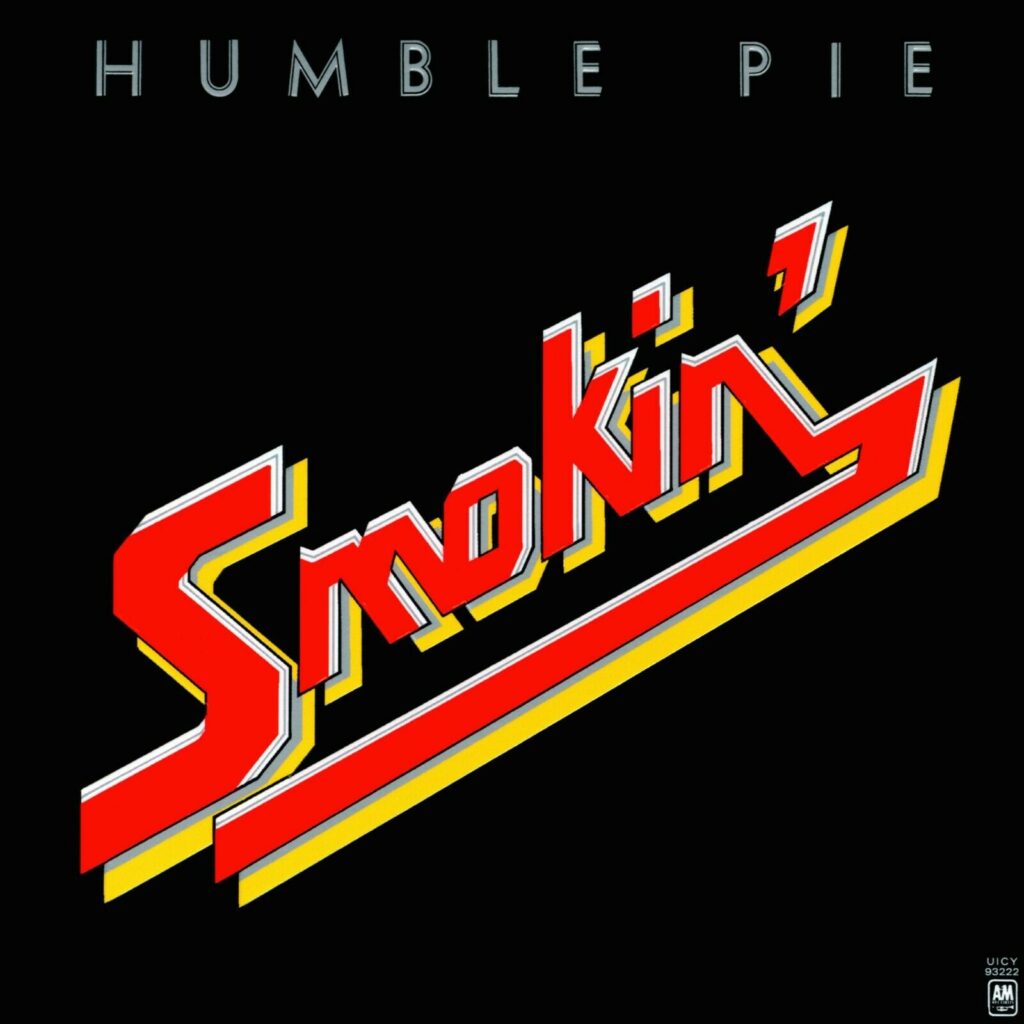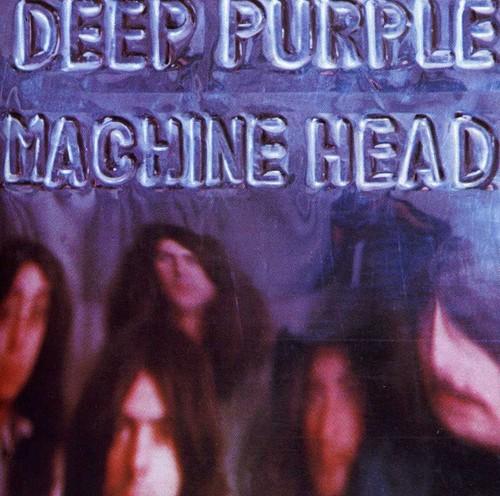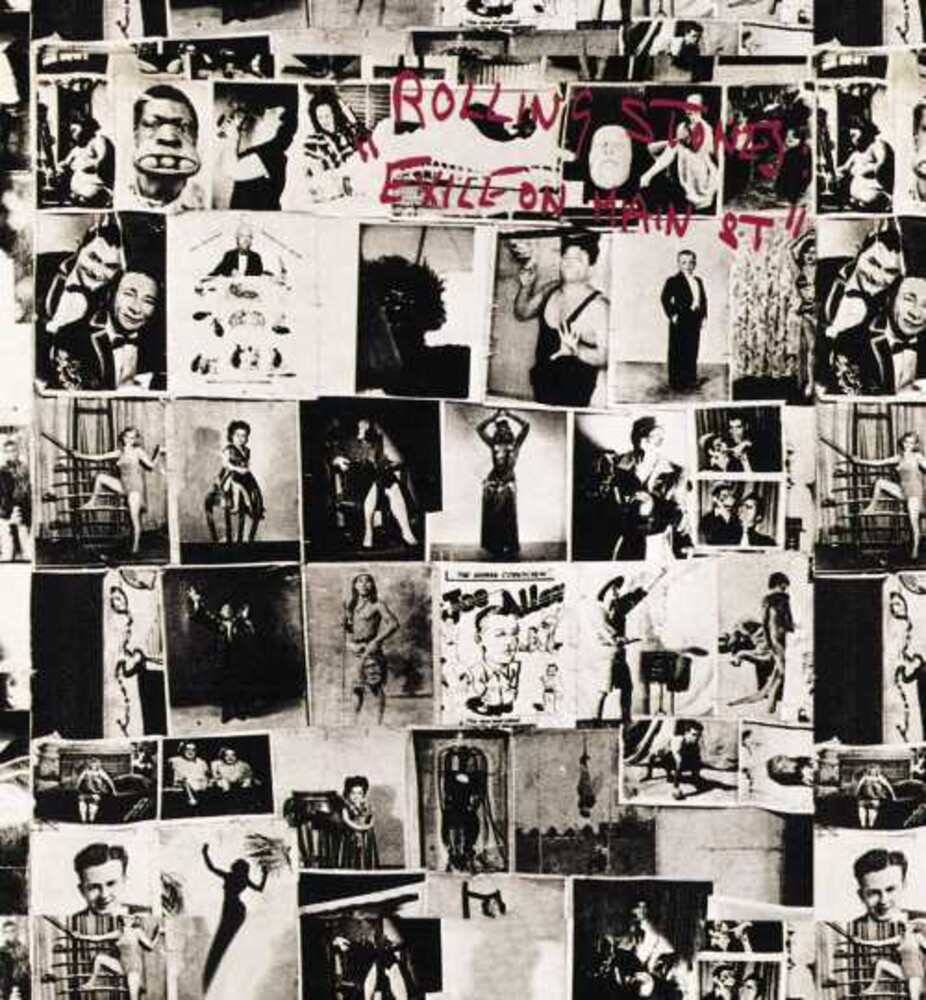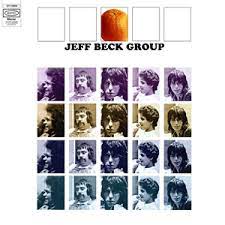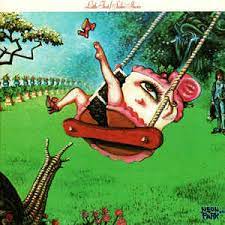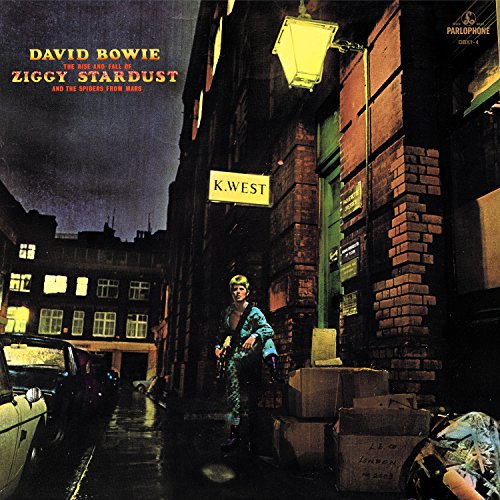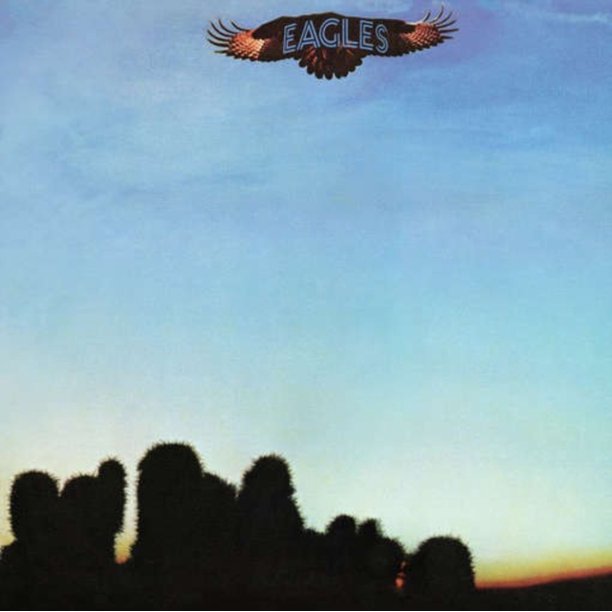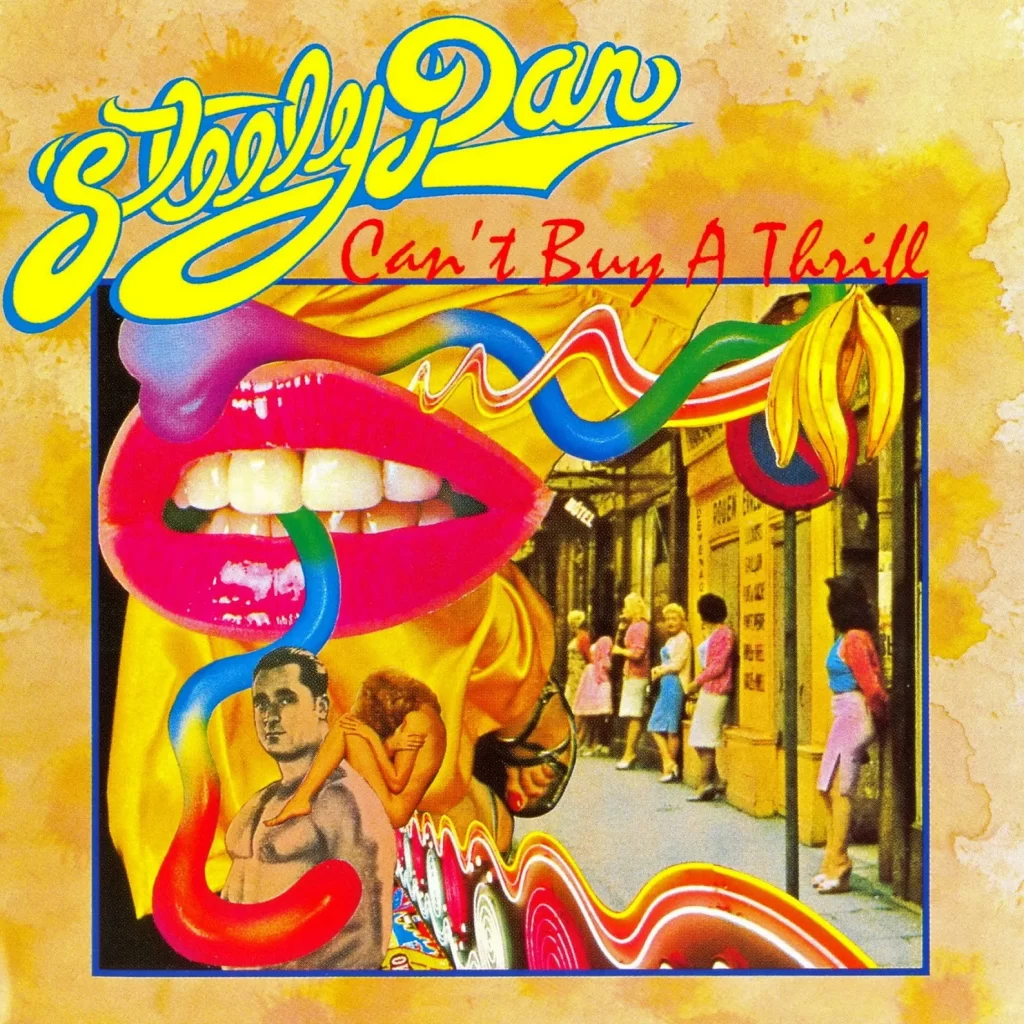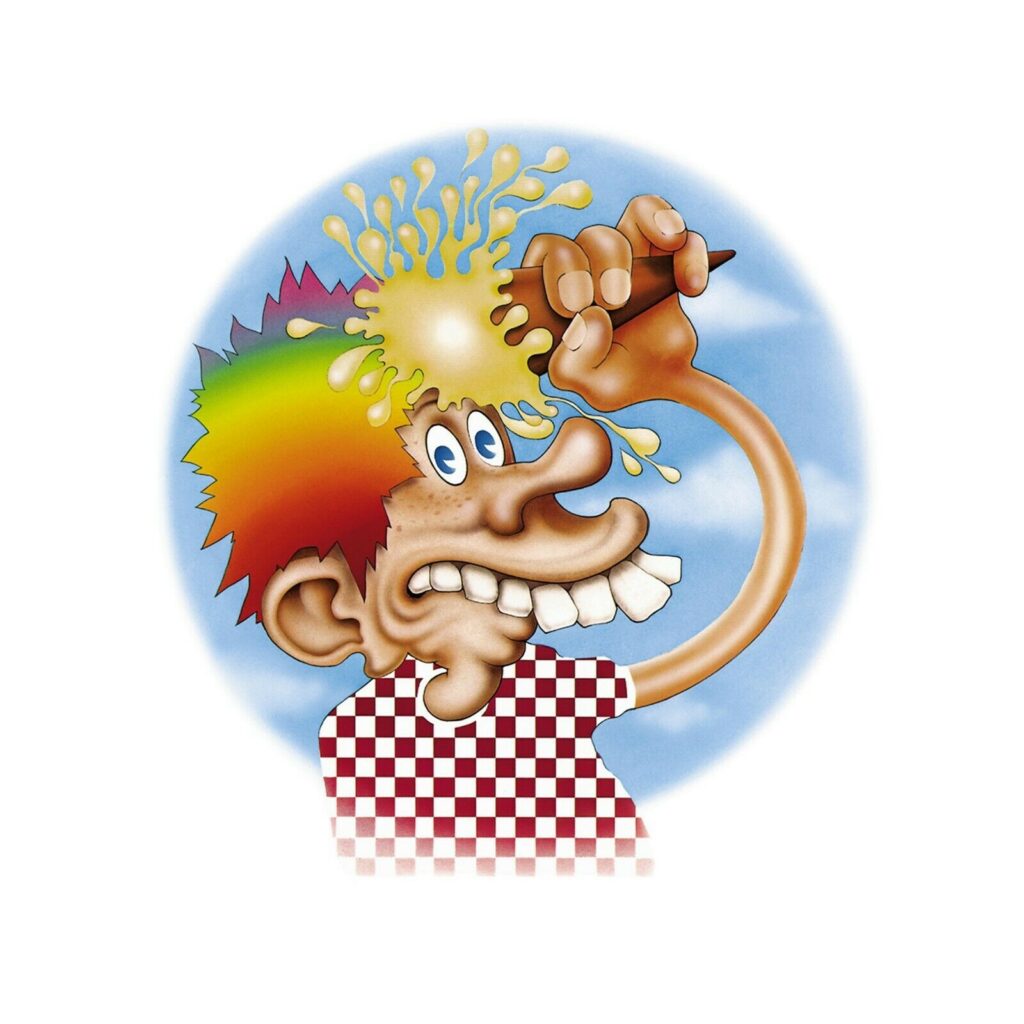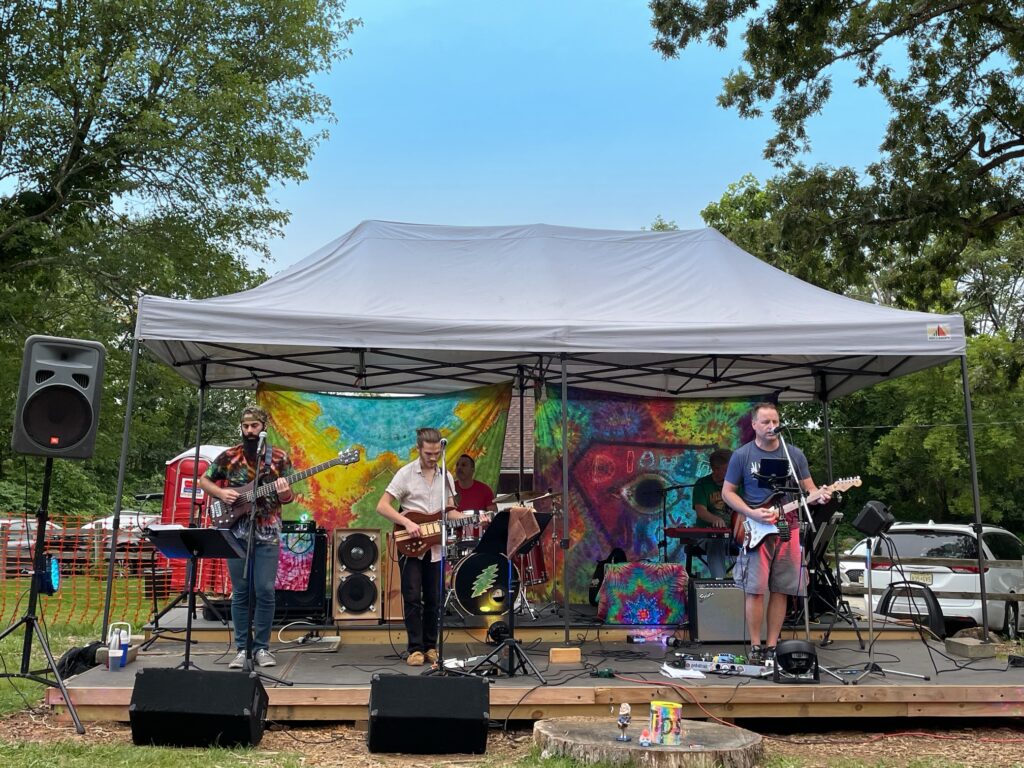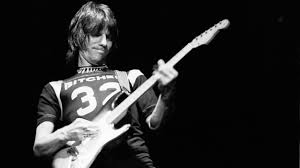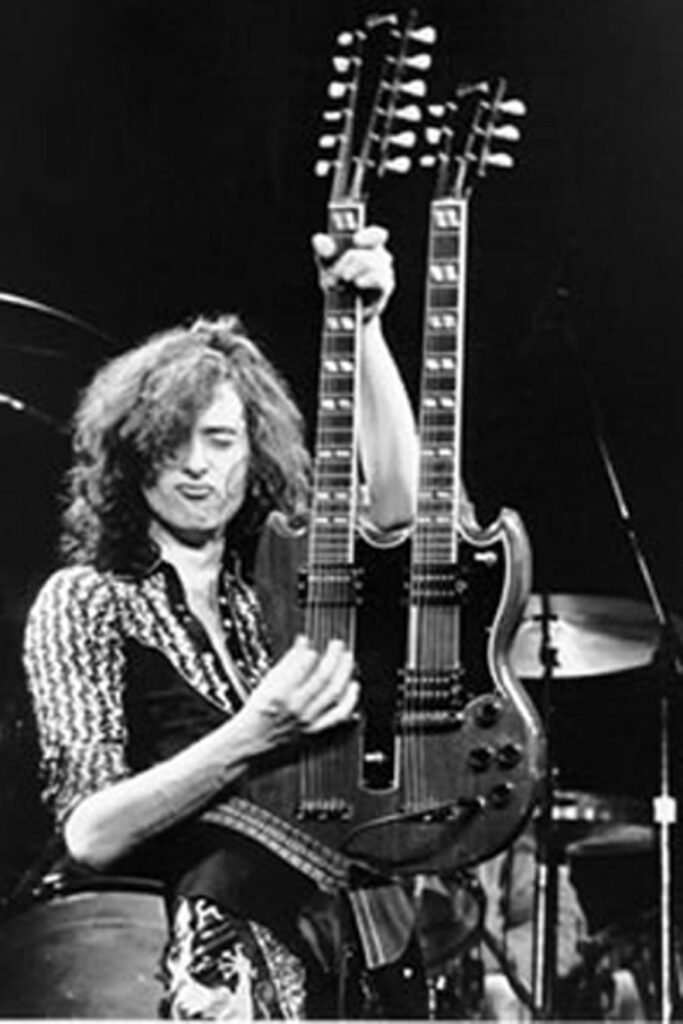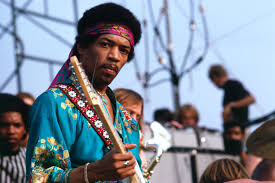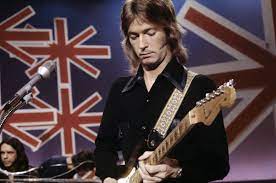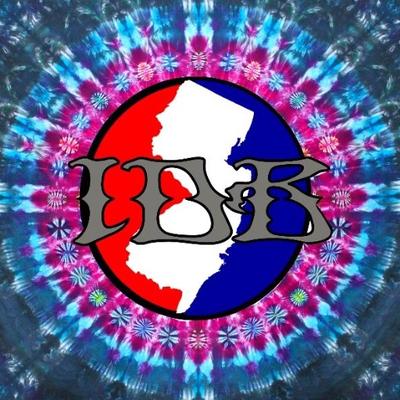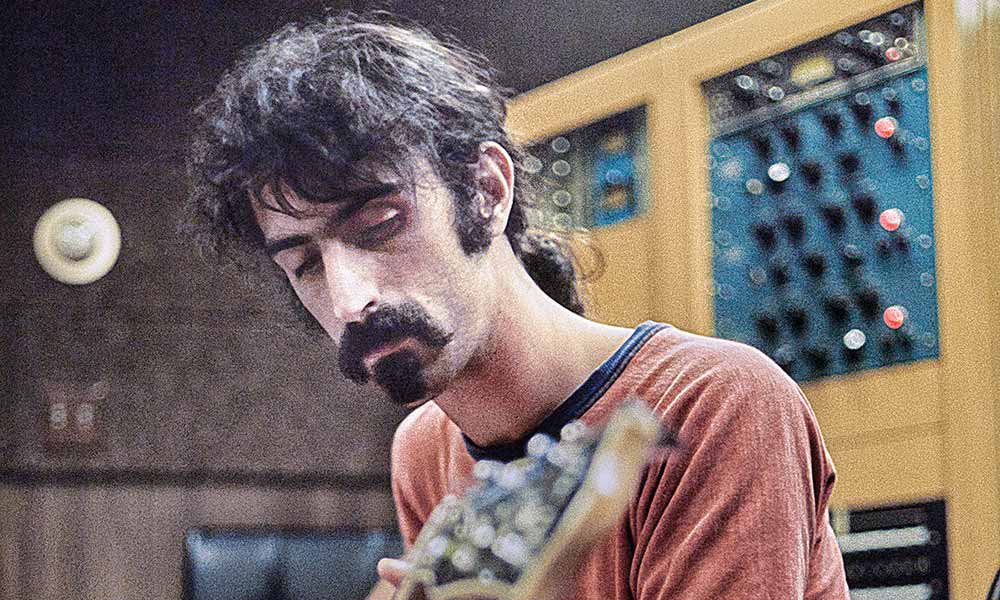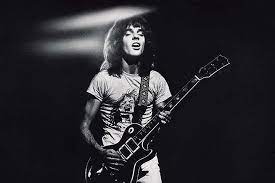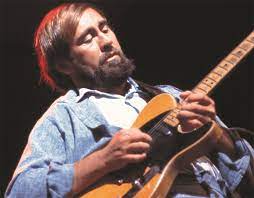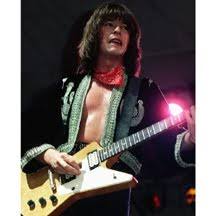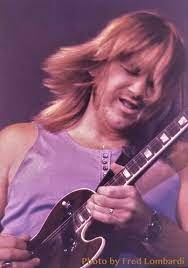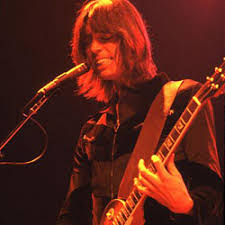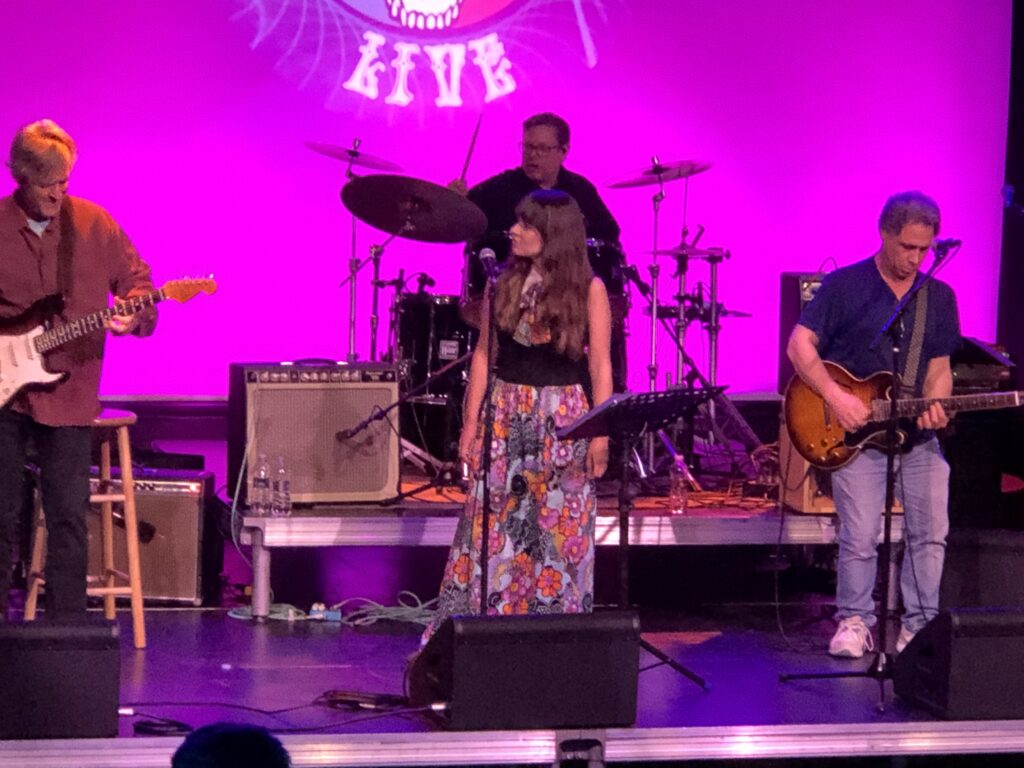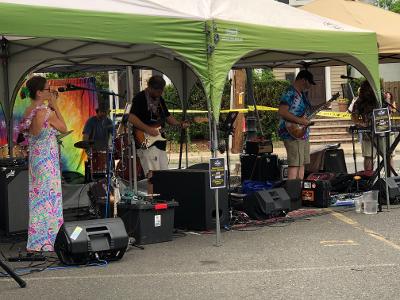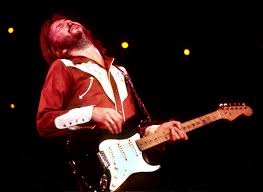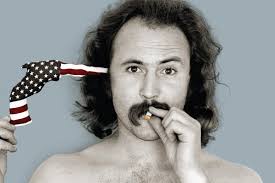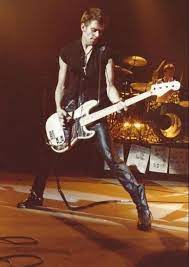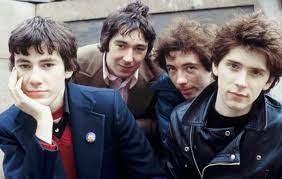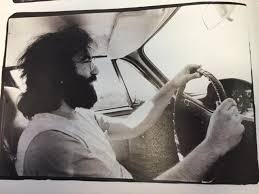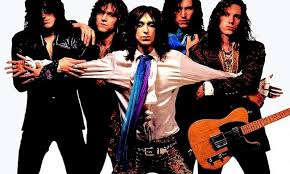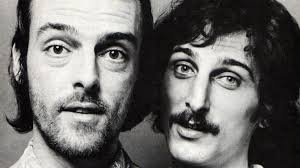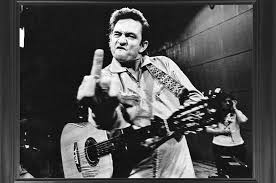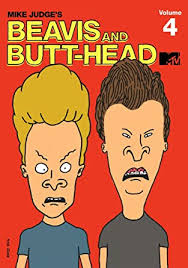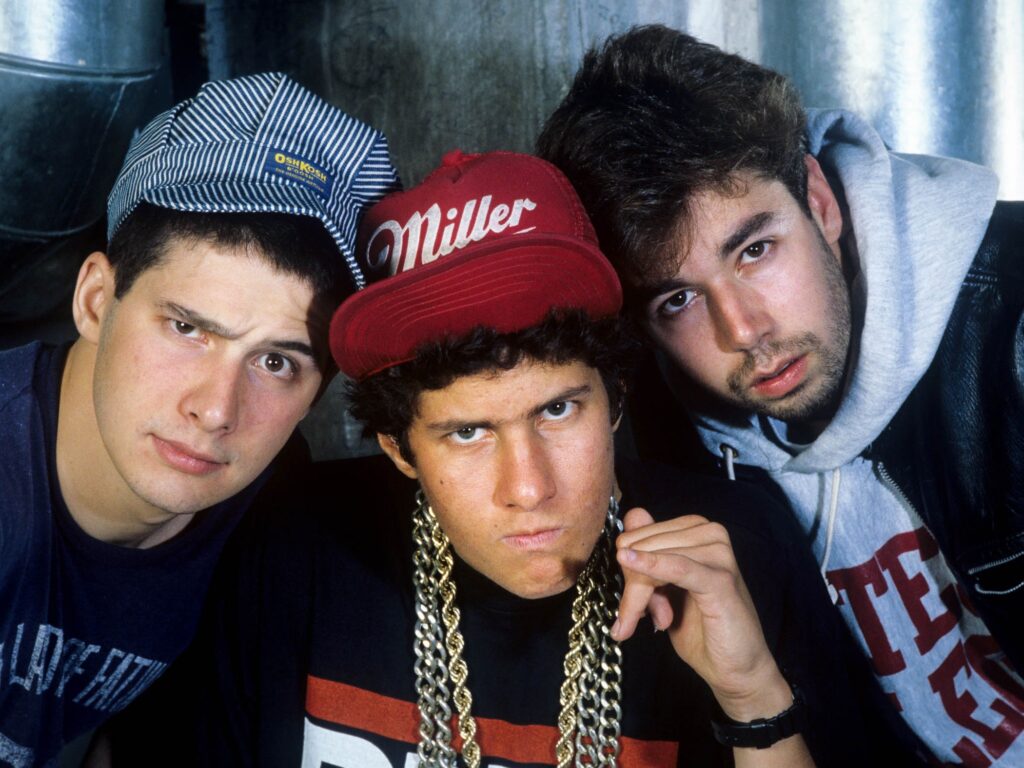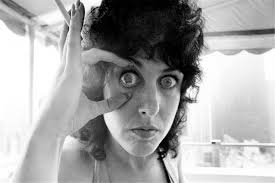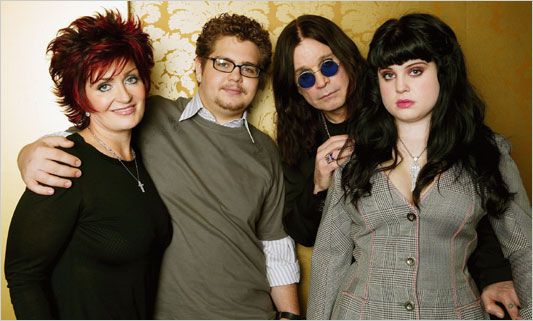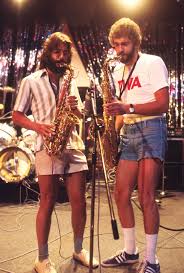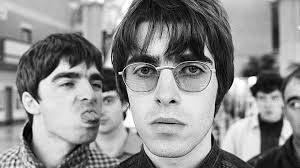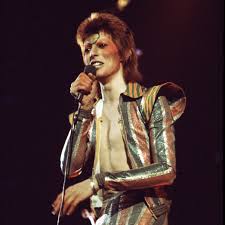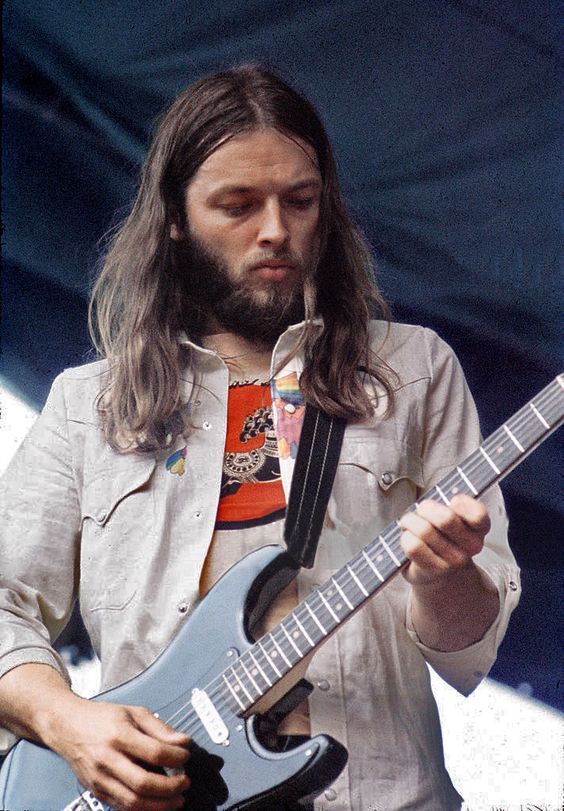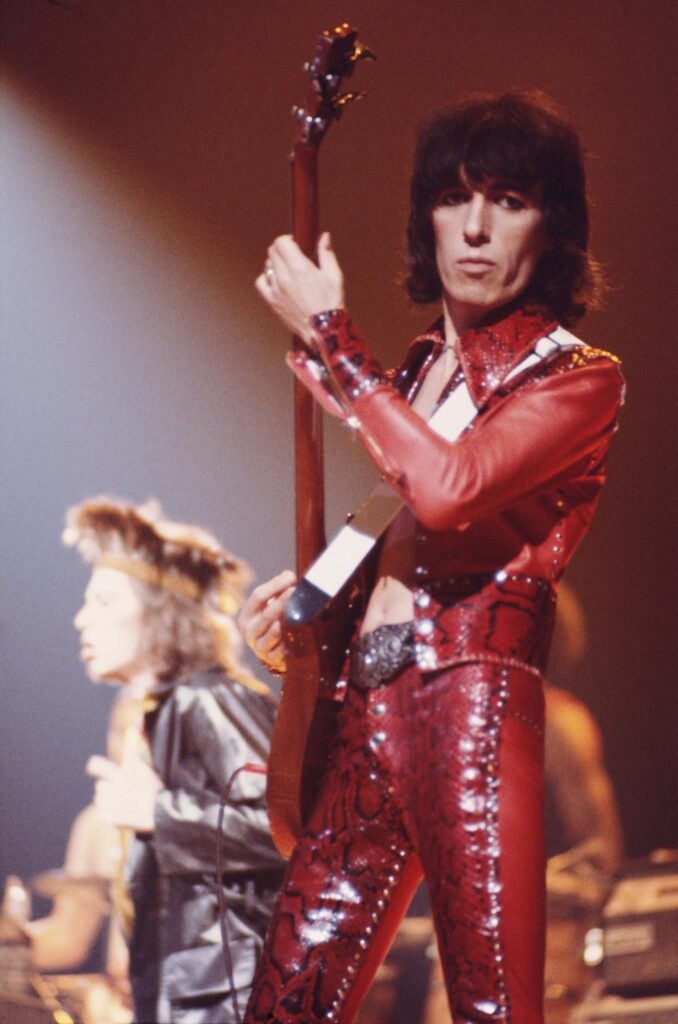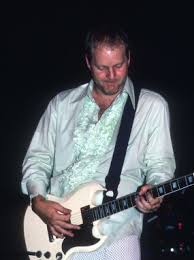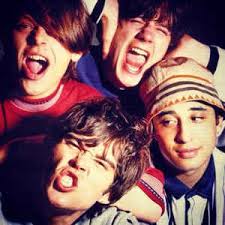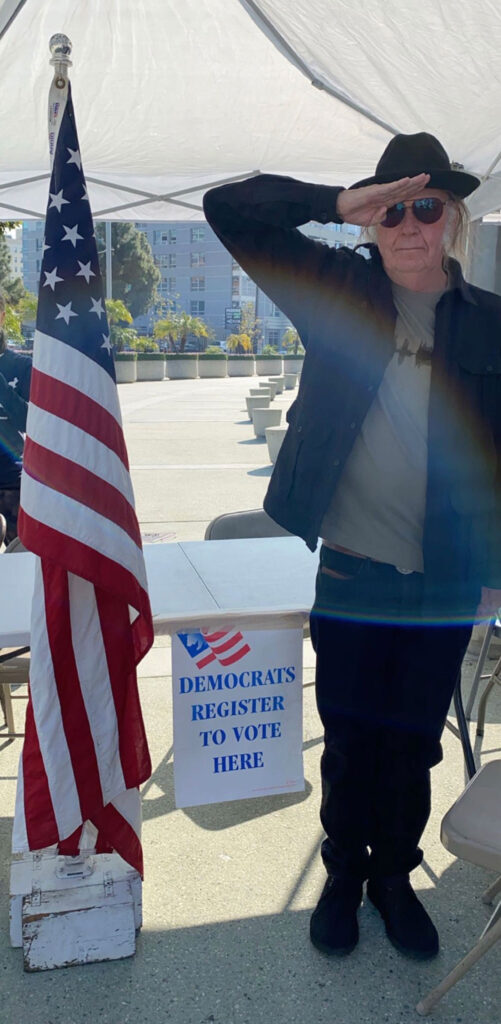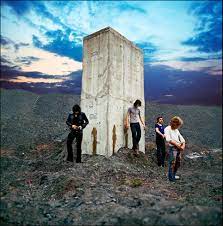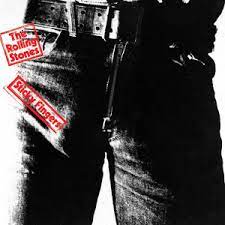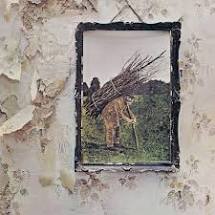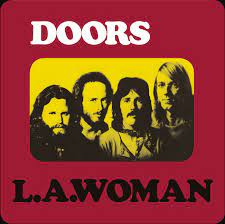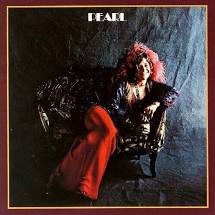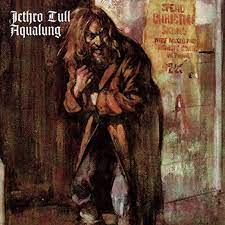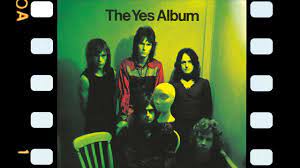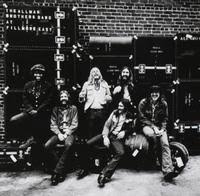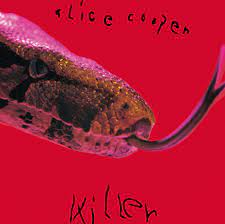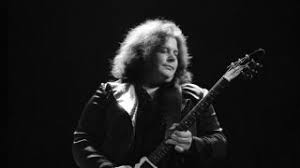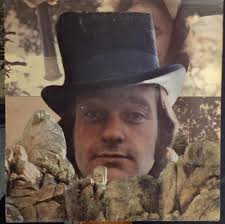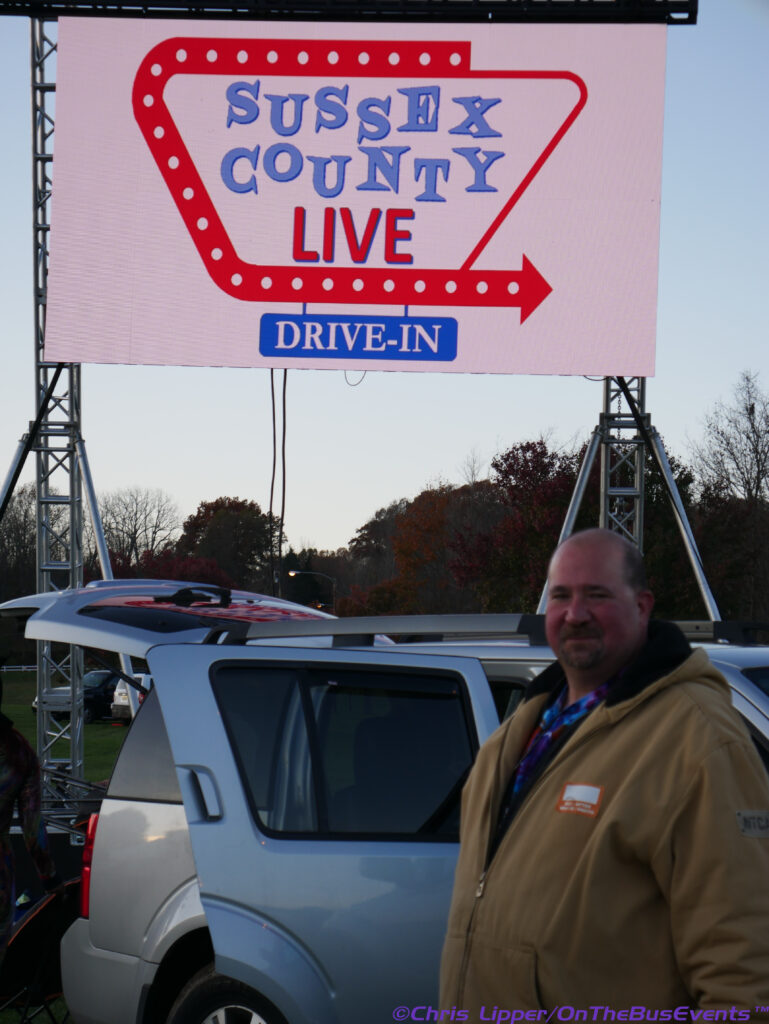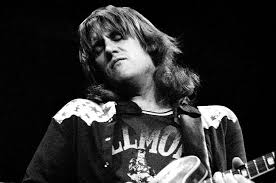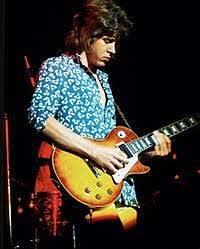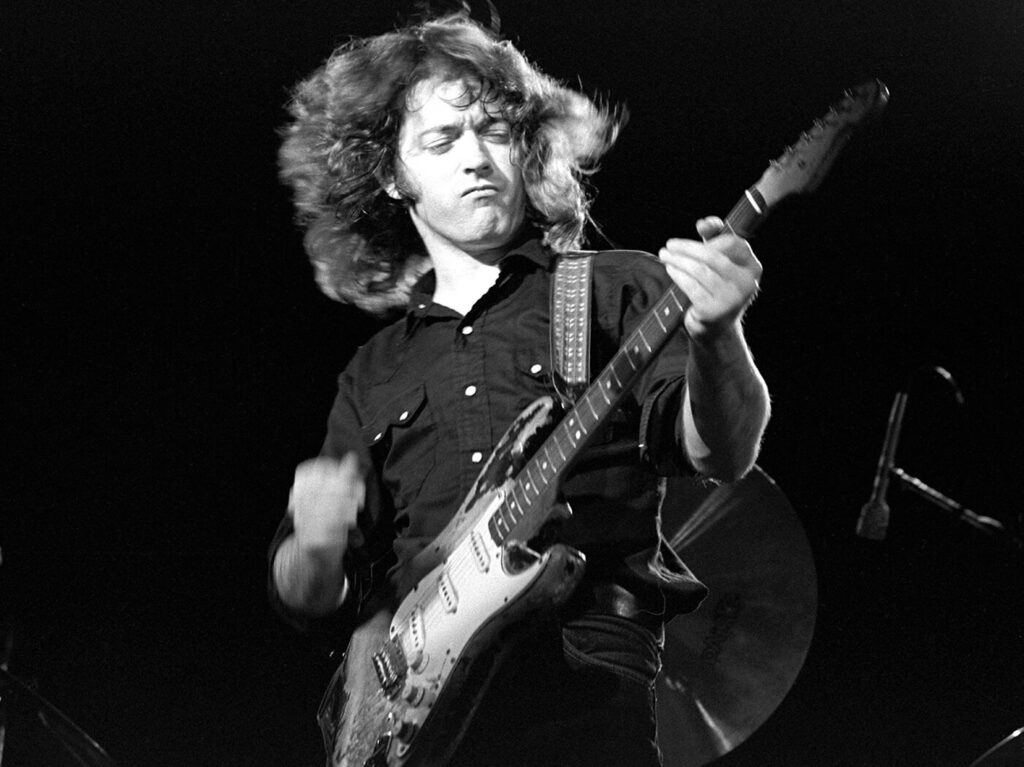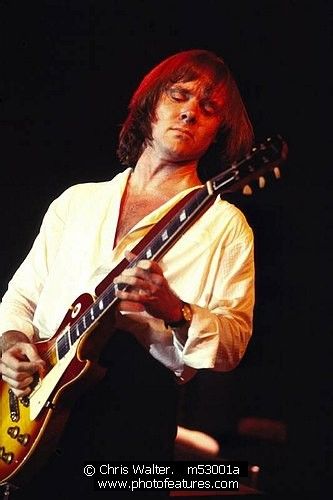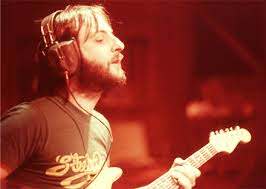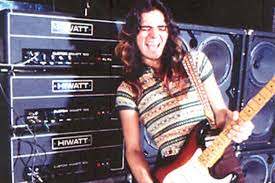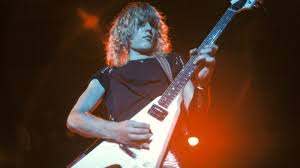1973 was the year that the rock ‘n roll machine was still firing on all cylinders. It was a time when some members of ’60s bands rose to superstar status as well as new entrants coming into the fold. It was also when rock music continued to splinter into various genres: country-rock, jazz-rock, folk-rock, heavy metal, while punk-rock and reggae were influencing the mainstream rock/pop genres. During this period, some artists produced masterpieces that are still revered to this day, while others struggled to follow up on earlier successes. All in all, those rock albums rightfully earned their spots in the here-today-gone-tomorrow music business, many of which impacted the output of bands and solo artists in the following decades.
This blog will focus on those top albums that were more than chart-busters: They took rock music to a higher level and made an indelible impression on those who would carry the torch of rock music throughout the years, no matter how much the fire has dimmed since its halcyon days. True, rock music has been teetering on the margins for years, replaced by cookie-cutter, auto-tuned, and highly perishable crap that the record labels demand. For the most part, today’s music is either a hit or a miss, and most of the so-called “hits” are quite forgettable, with little if any chance of being remembered 50 years from now.
The selections presented here were based on those artists’ contributions five decades ago and how well they stood the test of time, their influence on other artists then and now, and their overall importance in the pantheon of rock ‘n roll. Of course, there will be howling criticism over some of the albums listed here, but that is to be expected. So with no further adieu, let’s cue this up for the top albums of 1973.
Before we begin the countdown, there are two rock albums earning honorable-mention status: Beck, Bogert & Appice and Eric Clapton’s Rainbow Theatre concert. Here’s why:
–-Beck Bogert & Appice: This band wasn’t initially picked for this listing of noteworthy ’73 albums but Muligo consented after it received a few requests from its followers to include it. After careful consideration of the album’s impact that year and the fact that this blog has covered certain aspects of the late guitar legend Jeff Beck’s career, we decided it was worthy to at least get an honorable mention.
After disbanding his second iteration of The Jeff Beck Group (the one that scored with a smoking version of ‘Goin’ Down’), the ever-restless Beck partnered with former Vanilla Fudge members Tim Bogert and Carmen Appice to create a hard rock album showcasing Beck’s unpredictable but jaw-dropping prowess on the electric guitar. Songs like the Stevie Wonder co-penned “Superstitious”, the Cream-like “Lady” and the guitar boogie “Livin” Alone” were enough to demonstrate why this power trio’s output mattered during this guitar-heavy rock period. But it also included a song featuring Beck singing on the blues-rock ode “Black Cat Moan”, a rarity for the guitarist who swore off lead vocals years earlier. It also showed a softer, melodic side of the band with the cover of the R&B hit “I’m So Proud”. But more importantly, the album served as a bridge for Beck to cross for his next career move: jazz-rock fusion which further elevated his guitar-god status.
–-Eric Clapton’s Rainbow Concert: This album probably would have never existed if it wasn’t for the efforts of The Who guitarist Peter Townshend and other Clapton cohorts to bring the exalted British blues-rock guitarist out of his self-imposed exile. More importantly, it’s highly likely that Clapton’s career would have continued to spiral downward if it wasn’t for this all-star concert at London’s Rainbow Theatre. At that time, Clapton was struggling with heroin addiction which led to only a rare public appearance (The Concert For Bangladesh benefit) since disappearing from the music scene after the release of Derek & The Dominos’s “Layla and Other Assorted Love Songs” in 1970.
Clapton was joined on stage by Townshend and other friends and musical collaborators including Steve Winwood, Ronnie Wood and others. During the show, Clapton ripped into Cream’s “Badge”, undoubtedly the closest version of the original song to this day, with Clapton showing no signs of rust on his fretwork abilities. The band also performed other Clapton classics like “Let It Rain”, “Layla”, “Blues Power”, “After Midnight” and even a Traffic number “Pearly Queen”. While this album didn’t provide clues to Clapton’s next career move (the widely acclaimed (“464 Ocean Boulevard” in 1974), the show and positive reaction to the album stirred enough confidence in Clapton to beat back his demons to find his way home again.
So without further adieu, let the countdown begin for the top 10 rock albums of 1973:
10. Todd Rundgren: A Wizard A True Star
While this album may not be on most people’s list for a top rock album in ’73, it deserves a spot in the top 10 ranking as it marked the beginning of Rundgren’s iconoclastic interpretation of rock music, his courage to defy the record-label suits of recording a piece of experimental music, and its later influence on artists such as Patti Smith, Radiohead and Daft Punk. While its sales were poor (reaching number 86 on U.S. charts), the record received widespread critical acclaim. The album was conceived of Rundgren’s hallucinogenic experiences which he admitted didn’t suit everyone’s tastes and even turned off some of his fans. “I probably lost about half of my audience,” Rundgren said of the album’s reception. The album’s most recognizable songs included “Sometimes I Don’t Know What To Feel”. “International Feel”. and “Just One Victory”. Rundgren also strayed into R&B territory, covering a medley of the genre’s ’60s hits (“I’m So Proud” and “Ooh Baby Baby”), setting off a metal blast with “Is It My Name”.and even a nod to Broadway musicals “Never Never Land”. While Rundgren played most of the instruments on the album, he did have a little help from his friends including members of his band Utopia, ’70s rock guitar phenom Rick Derringer (“Rock ‘n Roll Hootchie Koo”), and silky-cool jazz horn players The Brecker Brothers and David Sanborn.
9. ZZ Top — Tres Hombres: Since its release of “Tres Hombres” in July 1973, ZZ Top has roped in legions of fans with its brand of Texas blues rock. But it was “Tres Hombres” that catapulted this bearded power trio into an entirely different orbit. Who can forget the band’s boogie rocker “La Grange” which starts out slow with lead guitarist Billy Gibbons’ mumbling something about a Texas town and then exploding with tornado-like force. Bassist Dusty Hill and drummer Frank Beard drive the rhythm section like a locomotive about to go off the rails, while Gibbons shreds away, sometimes making his guitar sound like a braying donkey in heat. Other notable songs include “Beer Drinkers & Hell Raisers”. and “Jesus Just Left Chicago”. One Rolling Stone critic described the band’s sound as that had “dynamic rhythms that only the finest of the three-piece bands can cook up.” “Tres Hombres” was the band’s first top 10 record which laid the groundwork for a sound that was, and is still, not replicated elsewhere.
8. Lynyrd Skynyrd: (Pronounced Leh-nerd/Ski-nerd): The early ’70s was the time blues-inspired rock ruled the waves. One of those bands was a group of kids from the South who really knew their musical chops, leading to their signing with a major record label. Calling themselves Lynyrd Skynyrd (the name derived from an inside joke about lead singer Ronnie Van Zant’s high-school gym teacher), the band’s debut of Rebel-yell rousing, dueling guitar licks and ability to deliver a good ol’ time ran them straight up the record charts with “Tuesday’s Gone”, “Simple Man” and the class rock anthem “Free Bird”, The band also created a model for other Southern rock bands like the Outlaws and Molly Hatchett. The band’s second album “Second Helping” with “Sweet Home Alabama” further attested that this band was not just a great Southern rock band, but one that would help steer rock music to a new and adventurous path.
7. Steely Dan: Countdown to Ecstasy: Following on the heels of its successful debut album “Can’t Buy A Thrill”, Steely Dan’s “Countdown to Ecstasy” avoided the sophomore jinx that some rock bands encounter after a rousing reception to their first album. The Dan’s flawless production values, stellar musicianship, uptempo and cleverly written songs bubbling over with satire, all under the direction of perfectionist founders Donald Fagen and Walter Becker, created an album that was well received by critics who can be an onery bunch Released in July 1973, the album was perhaps the beginning of the band’s slick jazz-inspired sound if you leave out the songs “Bodhisattva” and “Show Biz Kids” (which features excellent slide guitar work by Rick Derringer).
6: David Bowie: Aladdin Sane: Released in April 1973, “Aladdin Sane” was the British glam-rocker’s sixth album, a follow-up to his hugely successful “The Rise and Fall of Ziggy Stardust and the Spiders from Mars”. The album’s release also spelled the end of Bowie’s Ziggy Stardust persona which Bowie announced at a concert later that year. “Aladdin Sane” reflected Bowie’s time in America during a concert tour, with the album’s lyrics focused on urban decay, drugs, sex, violence and death — a snapshot of American life in the early ’70s and perhaps since then. The album’s biggest hit was “The Jean Genie”, a glammed-up Yardbirdish song that did quite well in the U.S. and U.K and remains one of Bowie’s top hits today.
5: Little Feat: “Dixie Chicken”: Ex-Mothers of Invention member Lowell George finally found the right formula that would define the sounds of his band on its third album “Dixie Chicken”, a blend of New Orleans Dixieland funk, R&B and good old rock ‘n roll. That was accomplished mostly by adding two new band members guitarist Paul Barrere and percussionist Sam Clayton. The band’s record company released the album’s title song “Dixie Chicken” as a single but other tracks are well worth mentioning including “Fat Man In A Bathtub”, “Roll Um Easy”, and “Two Trains” which appeared on Geroge’s 1979 solo album “Thanks, I’ll Eat It Here”. The Feat added other personnel to this album including guitarist Fred Hackett who later became a band member and two Bonnies (Riatt and Bramlett).
4: Allman Brothers: Brothers and Sisters: It almost spelled the demise of Southern blues/rock jam band The Allman Brothers Band following the untimely and tragic deaths of founder and guitarist Duane Allman and bassist Berry Oakley, both of who died within one year of each in motorcycle accidents. But guitarist and vocalist Dickie Betts took over the reins of the band’s leadership which led to its commercial peak. Songs including “Ramblin’ Man”, “Jessica”, “Southbound” and “Wasted Words” resulted in the album selling over seven million copies worldwide, taking the album to the Top 200 Pop Albums for five weeks. The country-inspired “Ramblin’ Man’ became the band’s only hit single – #2 on the Billboard Hot 100 in 1973. Betts’ influence is all over the album, marking a new direction for the band.
3: Led Zeppelin: Houses Of The Holy: Led Zeppelin’s “Houses Of The Holy”, the band’s fifth studio album, was a natural progression in the band’s musical direction. Some Zep fans were disappointed that the album’s songs demonstrated a continued shift toward a folkier, mellower sound as opposed to the band’s first two albums, featuring lead singer Robert Plant’s lung-blowing vocals. ex-Yardbirds Jimmy Page’s blues-driven rock guitar (i.e., “Heartbreaker”), and a killer rhythm section, provided by drummer John Bonham and bassist/keyboardist John Paul Jones. However, “Houses of The Holy”, uneven at times, was hailed as a commercial success, that gave us Zep now-classic songs like The Song Remains The Same”, “The Rain Song”, and the trippy “No Quarter”, all of which were fixtures in the band’s live performances, The Zep also took this opportunity to explore other genres such as the James Brown-like “The Grunge” and the reggae-influenced “D’yer Maker”. The album also cleared a path for Zep’s next effort: “Physical Graffiti”.
2. The Who: Quadraphenia Without question, The Who guitarist/vocalist Peter Townshend is a musical genius. His songwriting abilities heavily contributed to the success of the band’s ’60 rock opera “Tommy” and the follow-up success on the album “Who’s Next”, many of whose songs were part of an earlier Townshend project that didn’t get finished. “Quadrapheniia” is a combination of both albums, heavily instrumented and thematic-driven music with a hard rock edge. It was played heavily on FM radio in the ’70s, and is still a staple on classic rock stations. Songs like “Love, Reign O’er Me”, “The Real Me”, “Doctor Jimmy” turbocharged the career of The Who, one of rock’s most enduring bands. In a recent interview, when asked about “Quadraphenia”, Townshend simply replied: “It was our last great album”
1. Pink Floyd: Dark Side Of The Moon
What can we say about Pink Floyd’s masterpiece “Dark Side Of The Moon” that hasn’t already been said a zillion times, other than it is one of the greatest rock albums of all time, not just in 1973. The band’s eighth studio album has sold more than 45 million copies worldwide, making it the best-selling album in the;70s and the third-best-selling album ever. Let’s put it another way: the album has been certified platinum 14 times in the UK, and topped Billboard’s Top LP & Tape Chart , where it charted for 971 weeks. And if that wasn’t enough, it was selected for preservation in the US National Recording Registry by the Library Congress as “culturally, historically, or aesthetically significant”.
Conceived as a concept album, it focused on the daily pressures that the band was facing at that time as well as the deteriorating mental health of former bandmate Syd Barrett. While the album’s success can be largely credited to the creative minds of band members David Gilmour, Roger Waters, Richard Wright and Nick Mason, the production team, led by engineer Alan Parsons (who helms his own band today) played a significant role in the final product. It should be noted that Parsons helped produce The Beatles’ “Abbey Road” and “Let It Be” albums at the famed Abbey Road Studios, where “Dark Side Of The Moon” was recorded.
Conclusion
Well, as a well-known cartoon character once said: “That’s all, folks”. Hope you enjoyed taking a trip down this musical memory lane. Catch us again when we spin back in time again to chronicle the top rock albums of 1974 next year.
Yours truly,
Muligo

